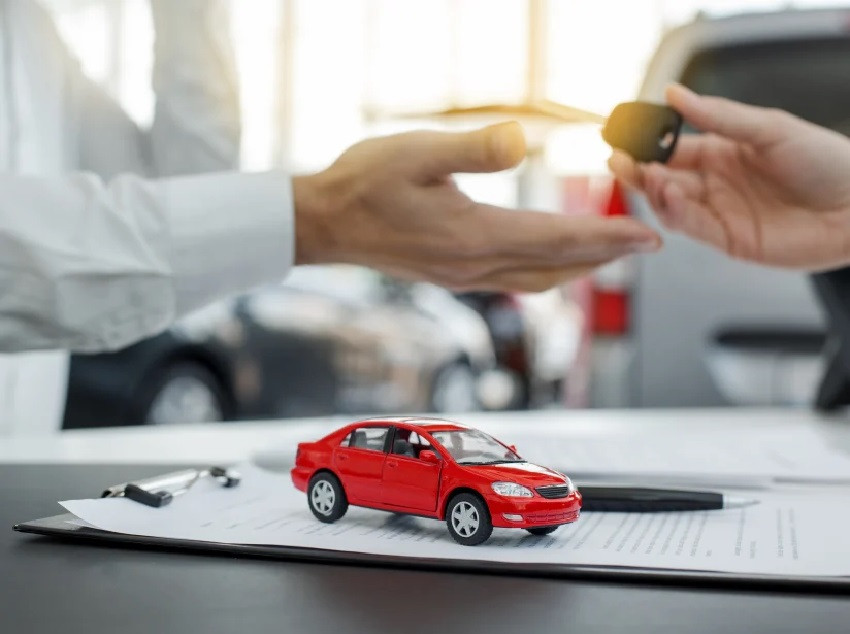Tips when renting a car in Saudi Arabia
Table of Contents
Tips when renting a car in Saudi Arabia
In this article, we list tips when renting a car in Saudi Arabia because this topic is of great importance when planning your next trip. And when hosting various delegations.
Best car to drive in Saudi Arabia
If money is not an issue, SUVs are the best for Saudi Arabia. As SUVs are best when driving off-road, on sand and rocks. It is also one of the favorite pastimes and enables you to reach almost anywhere in the country. The downside of choosing it is that it is expensive and increases the consumption of gasoline.
What do you need to rent a car in Saudi Arabia?
A driver’s license is the most obvious requirement, but there’s another important item you need: an International Driving Permit (IDP).
Many car rental companies in Saudi Arabia will not rent cars to foreign drivers. You must have an IDP before entering Saudi Arabia – you usually get it in your own country. Find the IDP requirements for your country.
You also need a credit card to rent a car. Car rental companies in Saudi Arabia require a reservation – a type of deposit – to be charged to your card. It is returned to you on the last day of car rental.
Mileage limits on car rentals in Saudi Arabia
Mileage limits are the biggest issue when renting cars in Saudi Arabia. Most major rental companies have a limit of 200-250km per day.
You can quickly drive 200 km and not go anywhere in Saudi Arabia.
If you expect to drive at least 400km a day (a modest estimate), it will really cost you more. The extra kilometer fee starts at SAR 0.35/km, and increases with the quality of the vehicle.
What do I do?
Don’t drive every day.
Pay for unlimited miles.
Ask about car rental systems with sponsorship delegations.
You can take buses on some of the longer journeys.
Dangers of driving in Saudi Arabia
Of course, there are some notable risks to driving in Saudi Arabia. These include some of the things you should pay attention to when traveling by car in Saudi Arabia.
Sand: Perhaps the most dangerous part of driving in Saudi Arabia. It’s easy to get stuck in loose sand, difficult to get out without a shovel or rope, and you might wait a while before someone gets through. Fortunately, the main roads in Saudi Arabia are well-paved. You will not hit the sand unless you are intentionally driving off-road.
Speed bumps: They seem benign, but they’re everywhere in Saudi Arabia…and they aren’t always marked. Checkpoints with five consecutive spots are common. Especially in the South, many speed bumps were too high for the Spark to pass without scrapes. Drive carefully to protect your car and avoid crashes when people slam into breaks to slow down unexpected speed bumps.
Other Drivers: You will see people driving in the opposite direction of highway traffic, taking illegal turns, driving too fast, ignoring lane limits, and occasionally bumping into other cars. Texting while driving is also common. Roundabouts are particularly precarious places.
Running out of gas: Gas stations can be few and far between, even on major highways. Gasoline almost ran out on the road to Riyadh, the capital, because there was no station in sight. If you are traveling long distances, be sure to fill up whenever possible. I don’t recommend letting your tank go much below full, especially if you drive a small car.
Things to know about driving in Saudi Arabia
- STC has the best mobile coverage in Saudi Arabia. Expect mobile signals to work with data along the vast majority of highways in Saudi Arabia.
- STC SIM cards are available from kiosks at major airports or at concession stores in cities.
- There are speed cameras. Look for unassuming gray boxes on the sides of the road. If it blinks, your ticket will be sent to your car rental company and they will notify you.
- You can speed by 10% without getting a ticket.
- Emergency signs on moving cars usually mean that speed cameras or speed bumps are on the way. Slow down if you see flashing cars ahead.
- Police and military checkpoints are frequent. It is usually empty, but sometimes officers stand on the side of the road. If no one is there or no one stops you, keep driving. Otherwise, give the officer your passport and vehicle registration.
- Google Maps is not always reliable. Maps are not always aware of current detours and make you drive long distances to change direction on highways. Minor roads are often not listed in Google Maps.
Getting Gas/Petrol in Saudi Arabia
Refueling is very simple in Saudi Arabia – you don’t have to get out of your car!
Thanks to state oil company Aramco, petrol stations offer very similar prices, and diesel is available at stations frequented by trucks.
When refueling, all you have to do is drive by the pump with an attendant, open the tank inlet if necessary, and tell them how much fuel you want. Regardless of the language, most understand the word “whole”. You pay after filling it in by giving the attendant cash or credit card. Visa and MasterCard are widely accepted.
Note that the attendees disappear and the stations are essentially closed during prayer times five times a day.
Can a woman drive in Saudi Arabia?
yes. As of 2018, foreign and Saudi women can drive in Saudi Arabia. No male guardian is required. Single or otherwise, women can rent cars in Saudi Arabia under their own name.
It is not uncommon to see women driving, especially outside the cities.
Contact us for more information about car rental with or without a driver here.



Comments